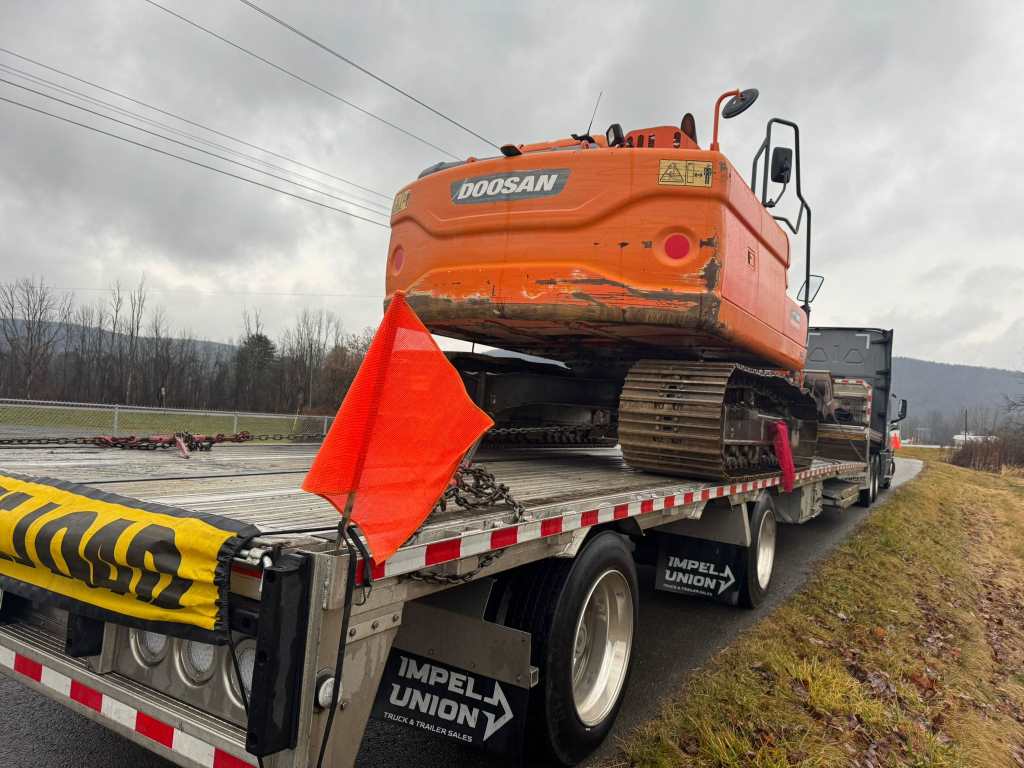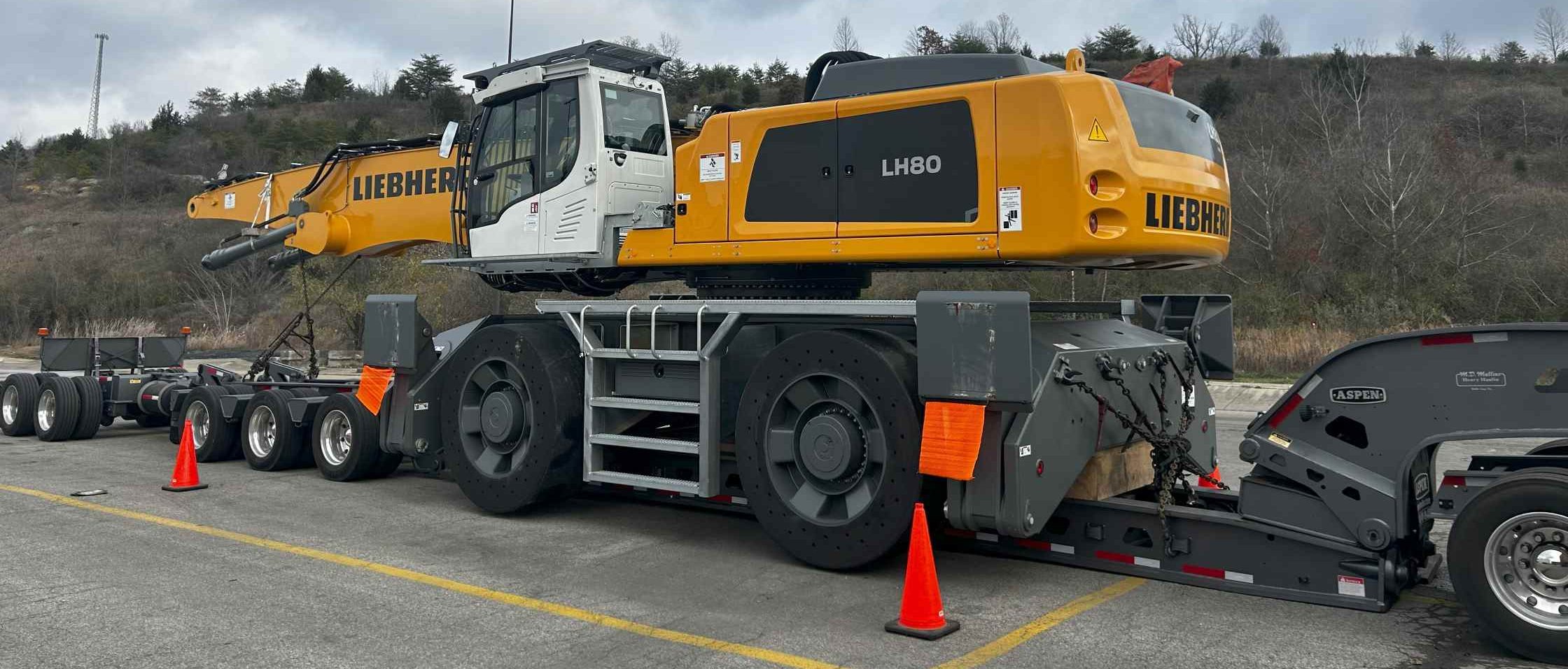SEAVOLK manages complex, oversize and heavy shipments from any US state to ports worldwide. We plan the route, arrange permits and escorts, coordinate cranes and special trailers, prepare cargo for sea or air, and keep your timeline on track with clear updates.

Key features with SEAVOLK
-
Route Engineering — surveys, axle-load checks and method statements for a safe, legal move.
-
Permits & Escorts — state/superload permits, police/utility escorts and pilot cars coordinated for each leg.
-
Heavy-Lift & Rigging — cranes, forklifts and rigging teams; lift plans and on-site supervision.
-
Packing & Securing — ISPM-15 crating, lashing, moisture protection; photo proof at each milestone.
-
Single Coordinator, 24/7 — one accountable point of contact until terminal handoff or delivery.
What we move
Oversize modules and skids • Heavy machinery (construction, mining, agriculture) • Plant equipment and generators • Trucks, buses and specialized vehicles • Steel structures and tanks • Boats/yachts (via Ro-Ro or cradle).
Equipment & modes
Flatbed • Step-deck • Double-drop RGN • Multi-axle heavy haul via partners • Self-propelled moves to Ro-Ro • Flat Rack/Open Top for OOG containers • Breakbulk and charter options when required.
How it works (5 steps)
-
Feasibility & plan — origin/destination, specs, deadlines → route concept, equipment and permits.
-
Site prep — rigging, cranes, packing/crating, lashing; photos and measurements verified.
-
Permits & schedule — state/superload permits, pilot cars/escorts, port/rail appointments.
-
Move & handoff — inland haul or self-propelled to terminal; gate-in, seals and receipts captured.
-
Ocean/Ro-Ro/Air — booked per timeline; final documents and confirmations shared.







